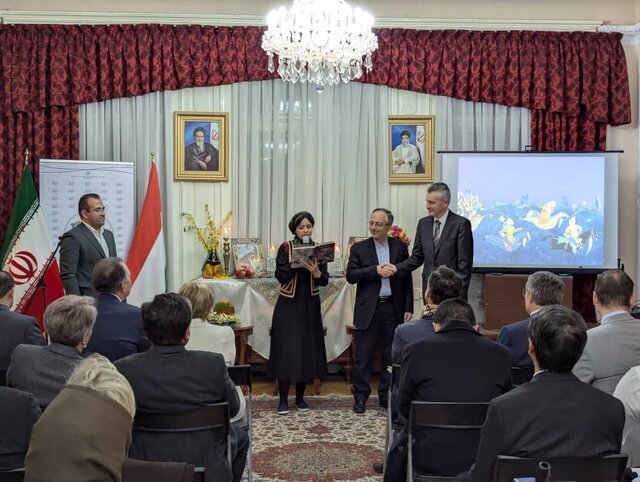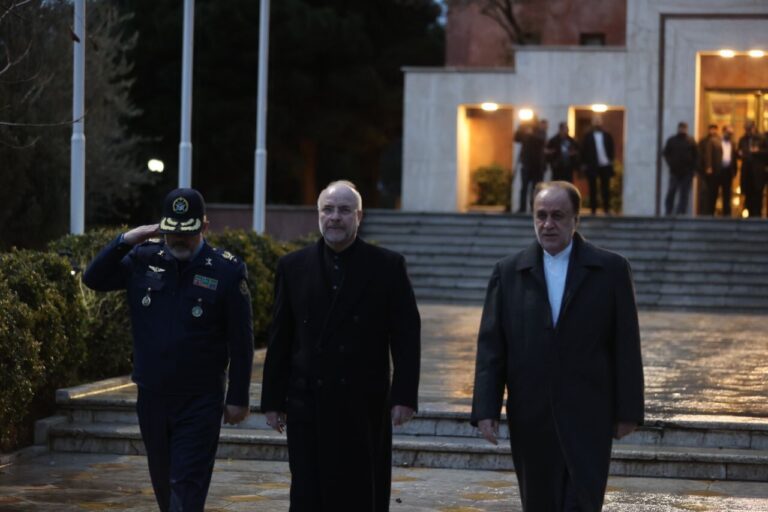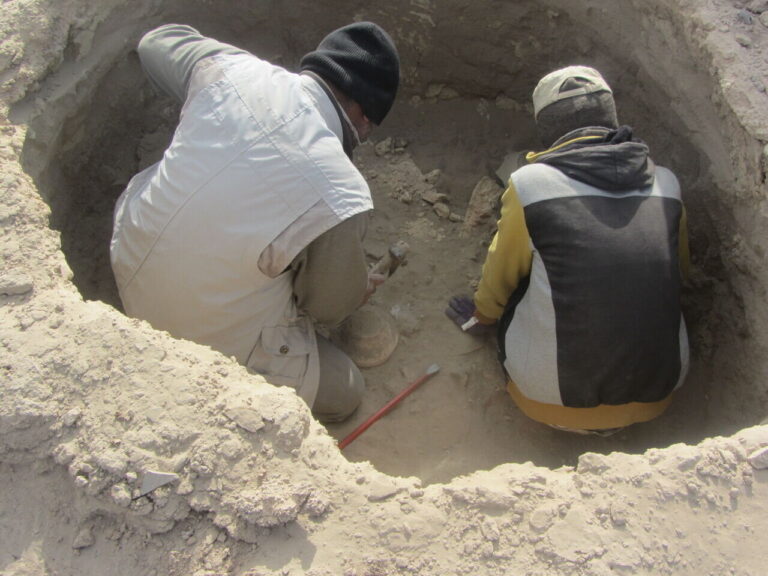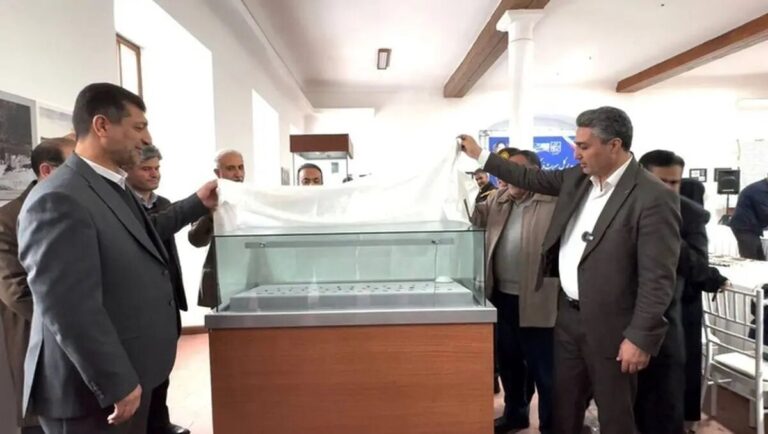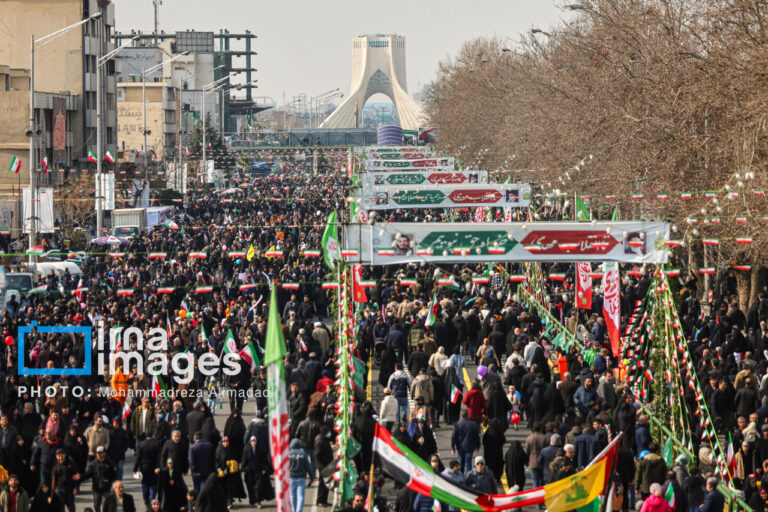Iranian Embassy in Budapest Celebrates Nowruz: A Vibrant Festival of Spring and Renewal
Celebrating Nowruz, the Persian New Year, has become a significant cultural event that fosters connections between nations, particularly between Iran and Hungary. Recently, the Iranian embassy in Budapest hosted a vibrant celebration, coinciding with the arrival of spring and the commencement of the solar year 1404. This joyous occasion also commemorated a milestone: the centenary of diplomatic relations between Iran and Hungary, showcasing their long-standing cultural ties.
The Nowruz celebration was graced by the presence of various Hungarian officials, ambassadors, and diplomats from countries that also celebrate Nowruz, such as Pakistan, Turkey, Kyrgyzstan, and Uzbekistan. Notable representatives from Russia, China, Belarus, and Japan attended as well. The event also saw participation from university professors, scholars, and members of the Iranian community residing in Hungary.
During the festivities, Iran’s ambassador to Hungary, Morteza Moradian, warmly welcomed the guests and expressed heartfelt New Year greetings. He emphasized the profound and historical relationship between Iran and Hungary, noting that Nowruz transcends mere celebration; it represents a rich cultural heritage recognized by UNESCO. Moradian highlighted the occasion as a chance to strengthen cultural and economic ties between the two nations.
In further remarks, Péter Jakab, the Director General for the Middle East and North Africa at Hungary’s Ministry of Foreign Affairs, acknowledged the enduring connections between Tehran and Budapest. He reiterated Hungary’s commitment to enhancing cooperation with Iran, especially in cultural, economic, and scientific domains.
One of the most captivating highlights of the event was a bilingual Naqqali performance, an ancient Iranian storytelling tradition, presented by Iranian artist Bahareh Jahandoust. She enthralled the audience with a tale celebrating the mythical origins of Nowruz, along with the story of Bijan and Manijeh from Ferdowsi’s renowned epic, Shahnameh. Jahandoust delivered her performance in both Persian and English, accompanied by a live kamancheh solo performed by an Iranian student studying in Budapest.
Guests were also treated to a traditional Haft-Sin table, an essential symbol of Nowruz, and had the opportunity to engage in a Hafez divination ritual. The event’s warm and inviting atmosphere served as a cultural bridge, fostering deeper connections between the two nations.
According to reports from ISNA, a separate event at Eotvos Lorand University featured another Naqqali performance by Jahandoust, which received acclaim from students and faculty across various departments, particularly in Iranian studies. The head of the Iranian Studies Department praised both Shahnameh and Nowruz as critical elements of Persian culture, advocating for increased scholarly focus on Iran’s literary heritage.
During this university event, Jahandoust elaborated on the universal themes of peace and humanism that permeate Ferdowsi’s poetry. The program included a reading from The Tomb of Hafez, a collection by Hungarian poet Csokonai Vitéz, who drew inspiration from the verses of the Persian mystic.
Nowruz, symbolizing the arrival of spring and the renewal of nature, is recognized by UNESCO as an Intangible Cultural Heritage of Humanity. This celebration is not only significant to Iran but also resonates across numerous countries in Central and West Asia, uniting them in a shared appreciation of cultural heritage.
As countries around the world continue to celebrate Nowruz, the enduring bonds between Iran and Hungary serve as a testament to the power of cultural exchange. With events like these, both nations can look forward to a future enriched by mutual respect and collaboration.
This year’s celebration of Nowruz in Budapest exemplifies how cultural events can bring people together, promote understanding, and foster diplomatic relationships. The Persian New Year is more than a festival; it is a celebration of life, renewal, and the rich history that connects diverse peoples.
